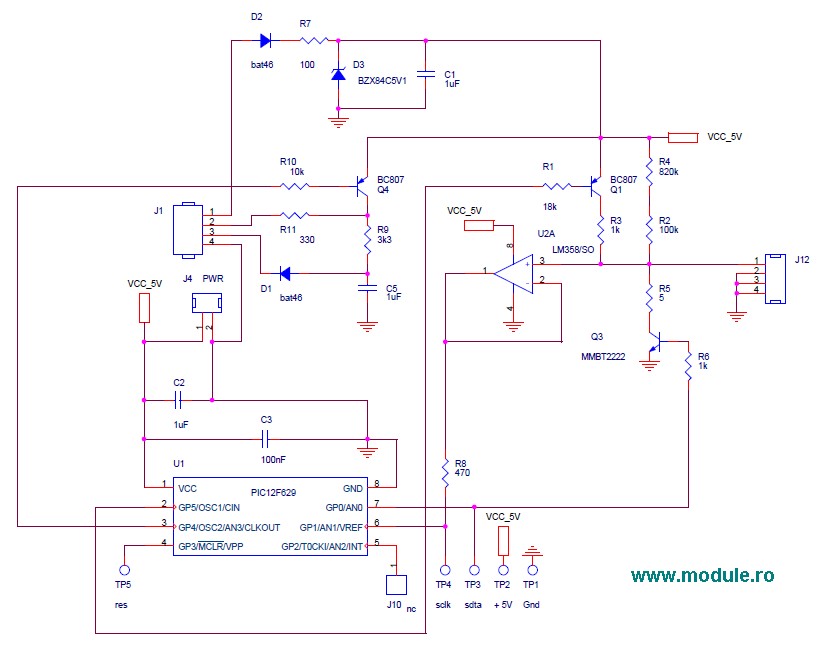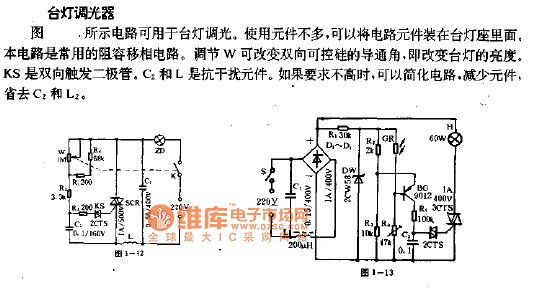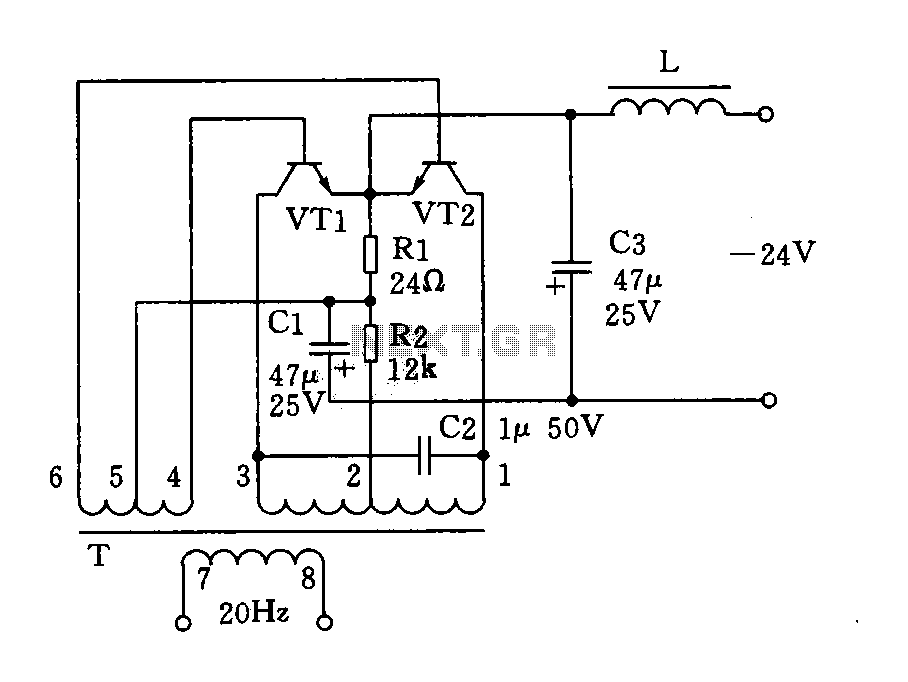
Digital Capacitance Meter with RS232 interface circuit

Unlike most surface-mounted device (SMD) resistors, SMD ceramic capacitors do not have their values marked. To determine the value of these capacitors, a capacitance meter is required.
SMD ceramic capacitors are widely used in modern electronic circuits due to their compact size and high performance. These components are typically found in applications ranging from consumer electronics to advanced communication systems. The absence of value markings on SMD capacitors presents a challenge in identifying their capacitance, necessitating the use of a capacitance meter for accurate measurement.
A capacitance meter operates by applying a known voltage across the capacitor and measuring the resulting charge. This process enables the meter to calculate the capacitance value based on the relationship defined by the formula \( C = \frac{Q}{V} \), where \( C \) is the capacitance in farads, \( Q \) is the charge in coulombs, and \( V \) is the voltage in volts.
When measuring SMD capacitors, it is crucial to ensure that the capacitance meter is set to the appropriate range to accommodate the expected values, which can vary from picofarads (pF) to microfarads (µF). Proper care should be taken to avoid introducing additional capacitance through the measurement leads, which can skew the results.
In circuit design, understanding the capacitance values of SMD ceramic capacitors is essential for achieving desired frequency response, filtering characteristics, and stability in power supply circuits. Therefore, accurate measurement and identification of these components play a vital role in the overall performance and reliability of electronic devices.Unlike almost all SMD resistors, the SMD ceramic capacitors are not marked with their values. To find the value of these capacitors we need a capacitance meter.. 🔗 External reference
SMD ceramic capacitors are widely used in modern electronic circuits due to their compact size and high performance. These components are typically found in applications ranging from consumer electronics to advanced communication systems. The absence of value markings on SMD capacitors presents a challenge in identifying their capacitance, necessitating the use of a capacitance meter for accurate measurement.
A capacitance meter operates by applying a known voltage across the capacitor and measuring the resulting charge. This process enables the meter to calculate the capacitance value based on the relationship defined by the formula \( C = \frac{Q}{V} \), where \( C \) is the capacitance in farads, \( Q \) is the charge in coulombs, and \( V \) is the voltage in volts.
When measuring SMD capacitors, it is crucial to ensure that the capacitance meter is set to the appropriate range to accommodate the expected values, which can vary from picofarads (pF) to microfarads (µF). Proper care should be taken to avoid introducing additional capacitance through the measurement leads, which can skew the results.
In circuit design, understanding the capacitance values of SMD ceramic capacitors is essential for achieving desired frequency response, filtering characteristics, and stability in power supply circuits. Therefore, accurate measurement and identification of these components play a vital role in the overall performance and reliability of electronic devices.Unlike almost all SMD resistors, the SMD ceramic capacitors are not marked with their values. To find the value of these capacitors we need a capacitance meter.. 🔗 External reference





